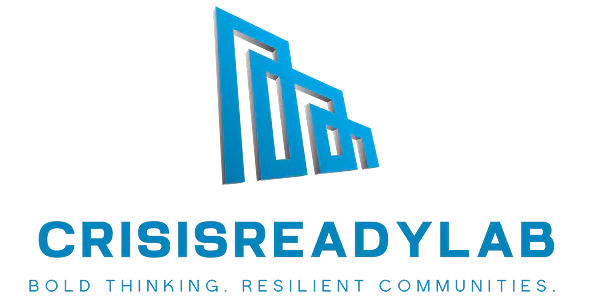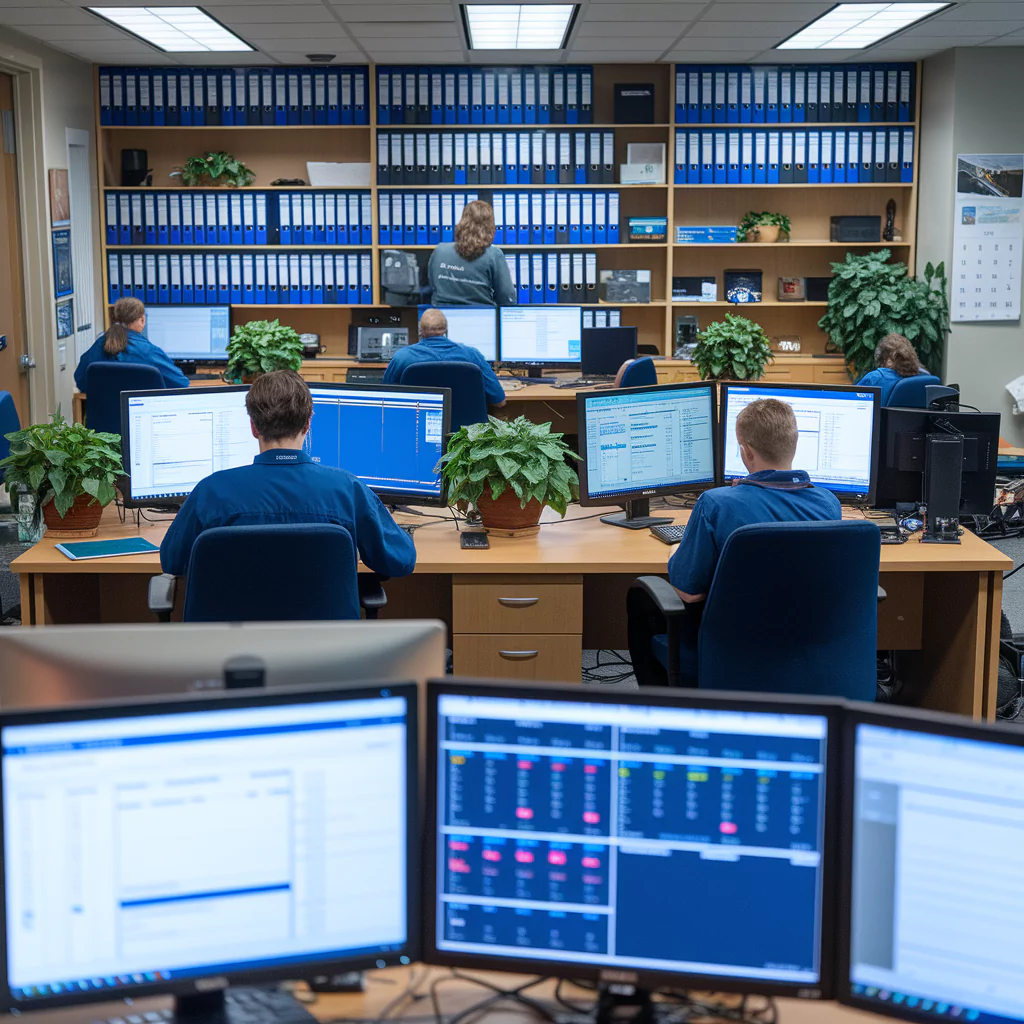Recovery Roles You Didn’t Know You Needed
When people imagine disaster recovery, they think about planners, grant managers, housing leads, public works directors, and maybe a communications officer or two.
All of those roles matter. But they’re not the ones that make or break most recovery operations.
What actually holds recovery together are the roles no one ever plans for:
The people who translate the plan into motion.
The ones who catch the chaos before it hits your front door.
The behind-the-scenes players that keep your system from grinding to a halt.
If your recovery is stalling—or constantly reactive—it might not be because you’re missing big roles.
It might be because you’re missing the invisible ones.
Why These Roles Get Missed
These positions don’t show up in grant guidance. They’re not part of standard org charts. And they’re almost never included in the “big picture” planning documents.
Why?
They aren’t glamorous. These are roles that don’t give press quotes or cut ribbons.
They cut across departments. That makes them hard to slot into traditional structures.
They’re not always technical. But they’re essential for navigating complexity and communication.
They fall in the gap between planning and operations. Which means no one “owns” them—until they’re painfully missing.
But when these roles are filled, recovery gains traction. When they’re missing, everything feels harder than it should.
Here Are the Recovery Roles You Didn’t Know You Needed
1. The Internal Traffic Controller
Not a project manager. Not a director. This is someone whose job is to watch the workflow and say:
“Hey, this isn’t moving.”
“Those two teams aren’t talking.”
“This decision is stuck.”
They keep the machine from seizing up—not by being the boss, but by making sure the right people are connected, the work keeps flowing, and emerging problems get addressed before they snowball.
Who it could be: A chief of staff, a seasoned admin, or someone with sharp coordination skills who’s trusted across teams.
2. The Document Chaser
This person’s job? Make sure the paperwork doesn’t kill the program.
They know where the forms are, who still needs to submit one, what’s missing from the FEMA reimbursement, and which contractor needs three more signatures.
It’s not glamorous. But it’s what keeps your audit file clean and your funding moving.
Who it could be: A detail-oriented operations person, a grants analyst, or a contract-savvy temp with strong follow-up instincts.
3. The Navigator
This role exists to help residents, nonprofits, or small businesses actually access the help that’s available.
Not through a website. Not with a 20-page application. But with a human being who listens, explains, translates, and follows up.
Navigators are part case manager, part air traffic controller, and part translator between bureaucracy and real life.
Who it could be: Trusted nonprofit staff, AmeriCorps members, or local hires with lived experience and excellent communication skills.
4. The Partner Whisperer
Every recovery has outside partners—philanthropy, the private sector, national nonprofits. Someone needs to manage those relationships with tact, clarity, and consistency.
The partner whisperer knows who to loop in, when to say no politely, and how to align external offers with internal priorities.
Who it could be: A seasoned stakeholder liaison, or someone who knows how to build trust and keep the noise out.
5. The Unofficial Historian
Turnover is inevitable. People rotate out. Teams dissolve.
The historian keeps track of who decided what, when, and why. They hold the memory of the operation—not just the documents, but the why behind them.
They make handoffs cleaner and keep future teams from repeating the same mistakes.
Who it could be: A project coordinator with good documentation habits, or someone designated to manage your institutional knowledge.
6. The Gap Spotter
This is the person constantly asking, “What are we not doing that we should be?”
They listen to feedback from residents. They catch mismatches between what’s on paper and what’s happening in real life. They spot the emerging needs that don’t yet have a workstream.
They’re your early warning system.
Who it could be: A community engagement lead, a trusted nonprofit partner, or a hybrid staffer who straddles multiple domains.
7. The Systems Translator
Plans are written by one group. Programs are managed by another. Federal rules are written in one language, and local operations run in another.
The translator connects the dots. They explain how the CDBG-DR housing plan interacts with permitting timelines. They sit in cross-agency meetings and help people talk to each other.
Who it could be: A planner with implementation experience, a consultant embedded with the team, or a former FEMA/State staffer who knows how the gears fit together.
If You’re Missing These Roles, You’re Not Alone
Most communities don’t budget for these roles.
They’re seen as “nice to have” or lumped into vague job descriptions no one actually has time to fulfill.
But these aren’t extras.
These are your force multipliers.
The people who keep the system from breaking while everyone else is focused on deliverables.
Hiring one of these roles can be the difference between a recovery that stalls and one that builds real momentum.
What You Can Do Right Now
You don’t need a new funding stream or approval to get started. Here’s what you can do:
Look at your current team. Who’s already playing one of these roles informally?
Name it. Validate that person’s work and make space for it in their workload.
Make the case. Use examples to show why these roles matter—then seek funding to support them longer-term.
Hire smart. When you bring on new staff or contractors, prioritize these roles alongside your more visible leads.
Share the load. These don’t all need to be full-time roles—but they do need to be covered.
Final Thought: These Are the People Who Keep It Moving
Recovery is not just about plans, projects, or press conferences.
It’s about systems—and systems run on people.
Not just the ones at the top.
Not just the subject matter experts.
But the folks who keep the gears turning when everything is under pressure.
If you’re not planning for these roles, you’re planning for friction.
Want to go deeper?
Explore our full training catalog for real-world tools and lessons on building recovery teams that actually work—starting with the roles no one else remembers to hire.


